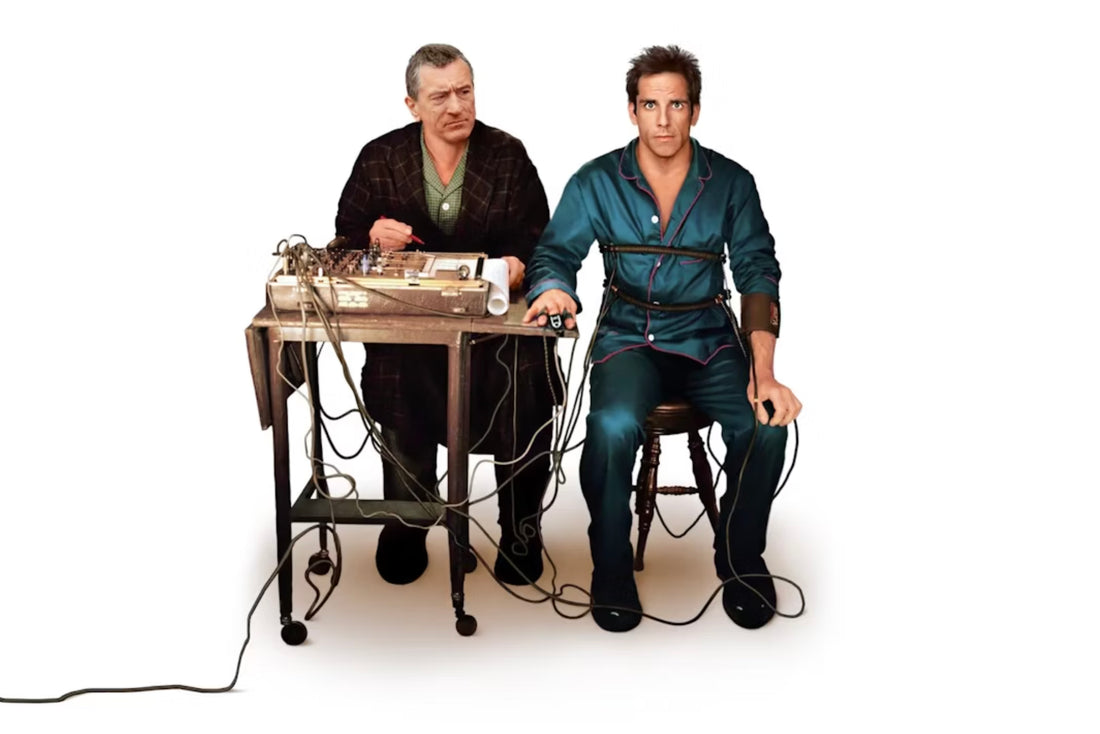The earliest known methods of lie detection can be traced back to ancient civilisations such as the Egyptians, Greeks and Chinese. These methods often relied on superstition or belief in divine intervention. For instance, the ancient Egyptians believed in the concept of divine justice, where they would ask suspects to walk over hot coals, believing that if they were lying, the gods would punish them with burns.
In medieval Europe, something called “trial by ordeal” was a common method of determining guilt or innocence. This involved subjecting the accused to a physically or psychologically stressful situation, such as holding a red-hot iron or being submerged in water. The idea was that if the person was telling the truth, they would be protected by a divine force.
During the Renaissance, physiognomy, the pseudoscientific belief that a person's physical features could reveal their character or personality, gained credence. The popularity of physiognomy grew throughout the 18th century and into the 19th century. It was discussed seriously by academics, who believed in its potential. [Ed: You gotta love some of the absurd graphics supporting this belief.]
The modern era of lie detection began in the early 20th century with the invention of the polygraph machine. The polygraph was invented in 1921 by John Augustus Larson (1892–1965), a medical student and officer at the Berkeley Police Department. It measures physiological indicators such as blood pressure, pulse rate, respiration and skin conductivity while a person is asked a series of questions. The theory behind the polygraph is that when a person lies, there will be measurable changes in these physiological parameters.
Over the years, the polygraph has been refined and improved upon, but it has also faced significant criticism. Critics argue that it is not foolproof and can be influenced by various factors such as stress, anxiety and the skill of the examiner. Moreover, the polygraph is not admissible as evidence in many courts due to concerns about its reliability.
And then there’s the concept of a truth serum. Drugs such as sodium thiopental, ethanol, and cannabis have been used for the purposes of obtaining accurate information from an unwilling subject. Information obtained by publicly disclosed truth drugs has been shown to be highly unreliable, with subjects apparently freely mixing fact and fantasy. Interestingly, much of the claimed effect relies on the belief of the subjects that they cannot tell a lie while under the influence of the drug … a self fulfilling prophecy.
In recent decades, researchers have explored alternative methods of lie detection, including brain imaging techniques such as functional magnetic resonance imaging (fMRI) and electroencephalography (EEG). These methods aim to detect patterns of brain activity associated with deception. While promising, these techniques are still in the experimental stage and have not yet been widely adopted for practical use.
Overall, the history of lie detection is a story of humanity's quest to uncover the truth, using a combination of superstition, pseudoscience and modern technology. While advancements have been made, the quest for a reliable and accurate lie detection method continues. For reasons of individual liberty and privacy, maybe this problem is best left unsolved.
Story Idea: Remo Giuffré
___________________________
References
https://en.wikipedia.org/wiki/Lie_detection
https://en.wikipedia.org/wiki/Truth_serum
https://en.wikipedia.org/wiki/Trial_by_ordeal
Images
1. Robert De Niro with Ben Stiller in Meet the Parents, 2000
2. Trial by ordeal … hand in boiling water
3. Spread from Vaught's Practical Character Reader, 1902
4. John Augustus Larsonin 1921
5. American inventor and Larson protégé Leonarde Keeler (1903–1949) testing his improved polygraph on Kohler, a former witness for the prosecution at the 1935 trial of Richard Hauptmann
6. Polygraph chart sample. Credit: polygraphis.com.
7. Sodium thiopental, marketed as Pentothal
8. Cartoon by Roz Chast for The New Yorker
9. Lengthening nose indicates lies. Pinocchio, Walt Disney Productions, 1940.







































































































